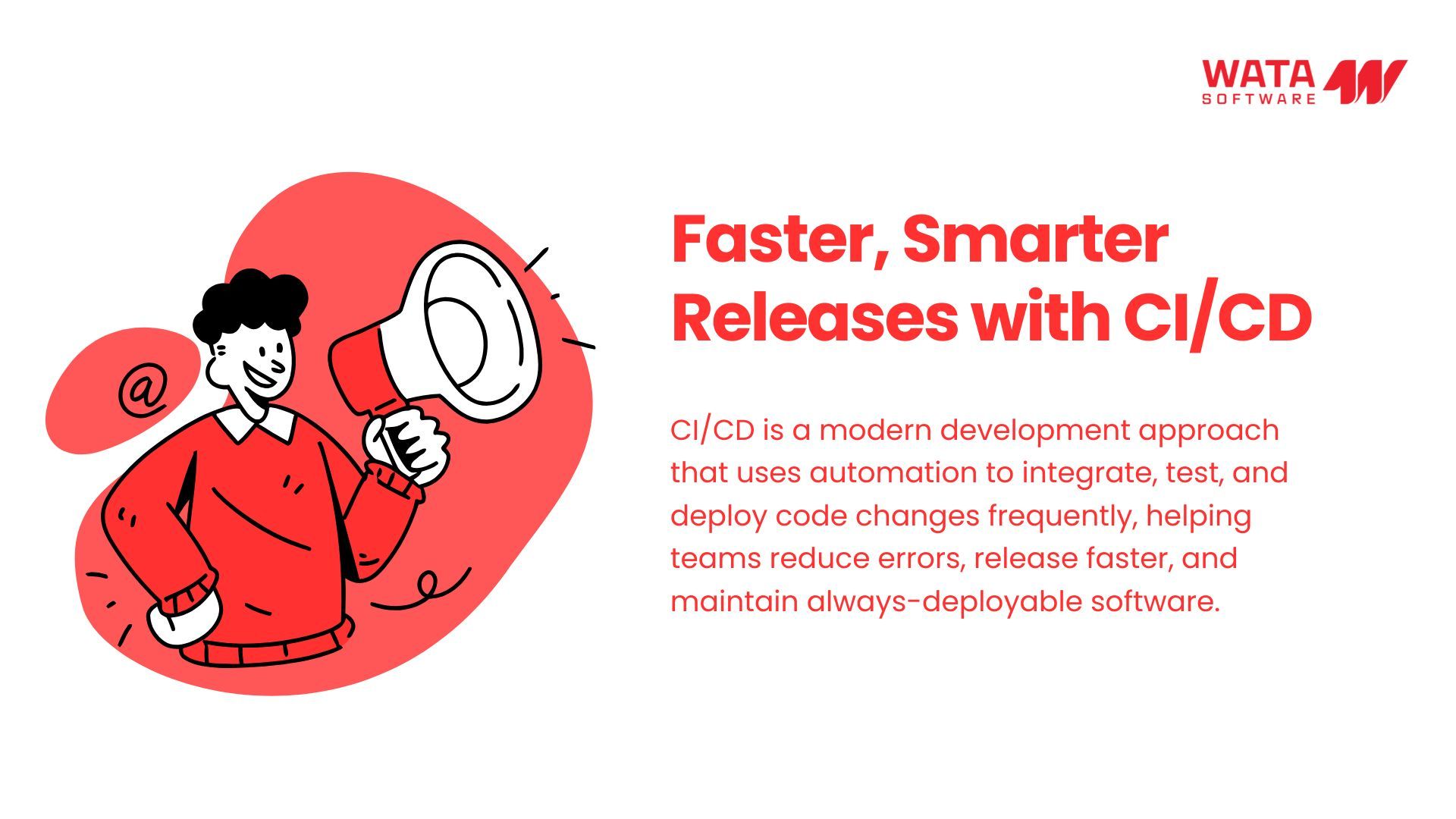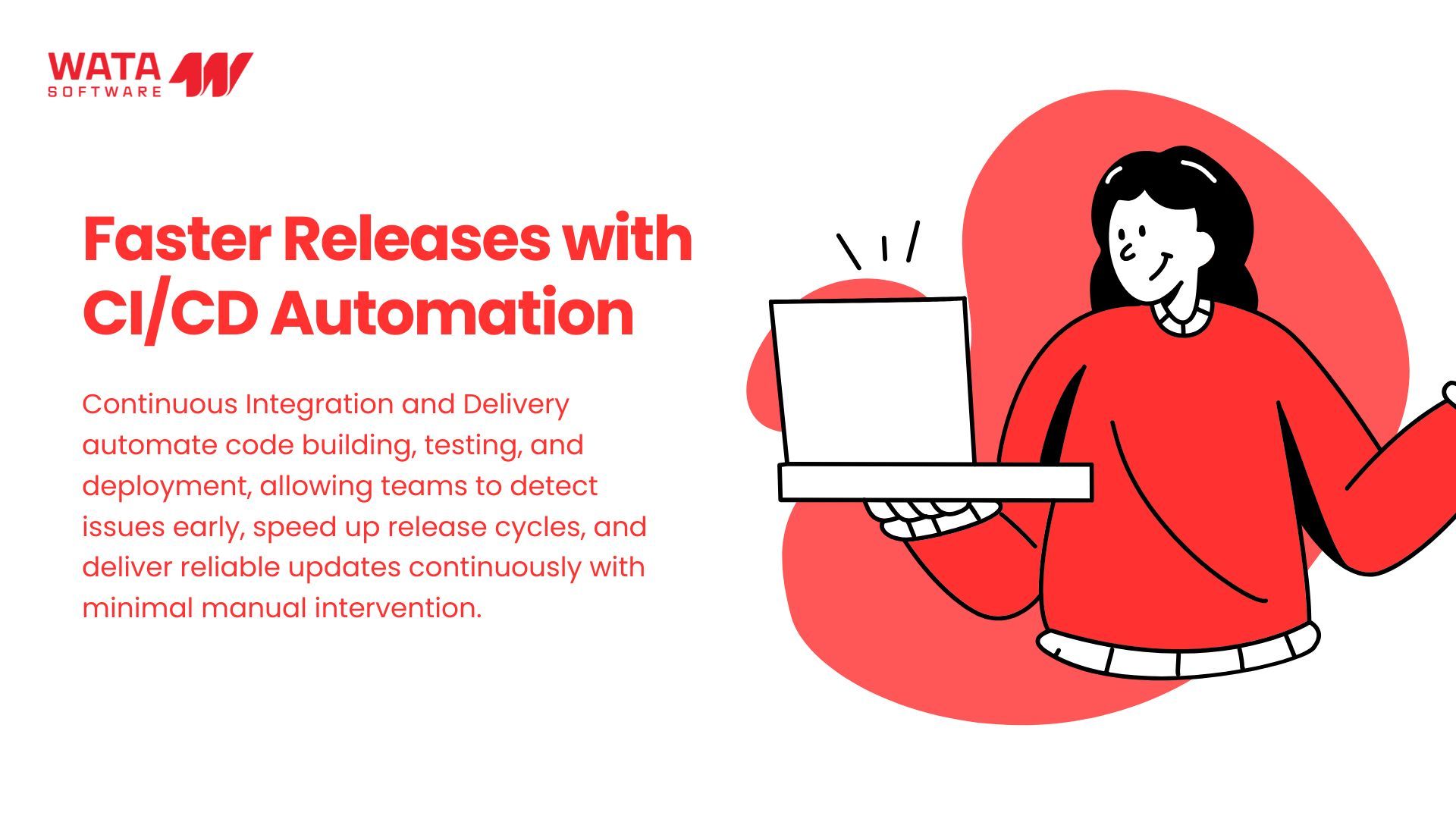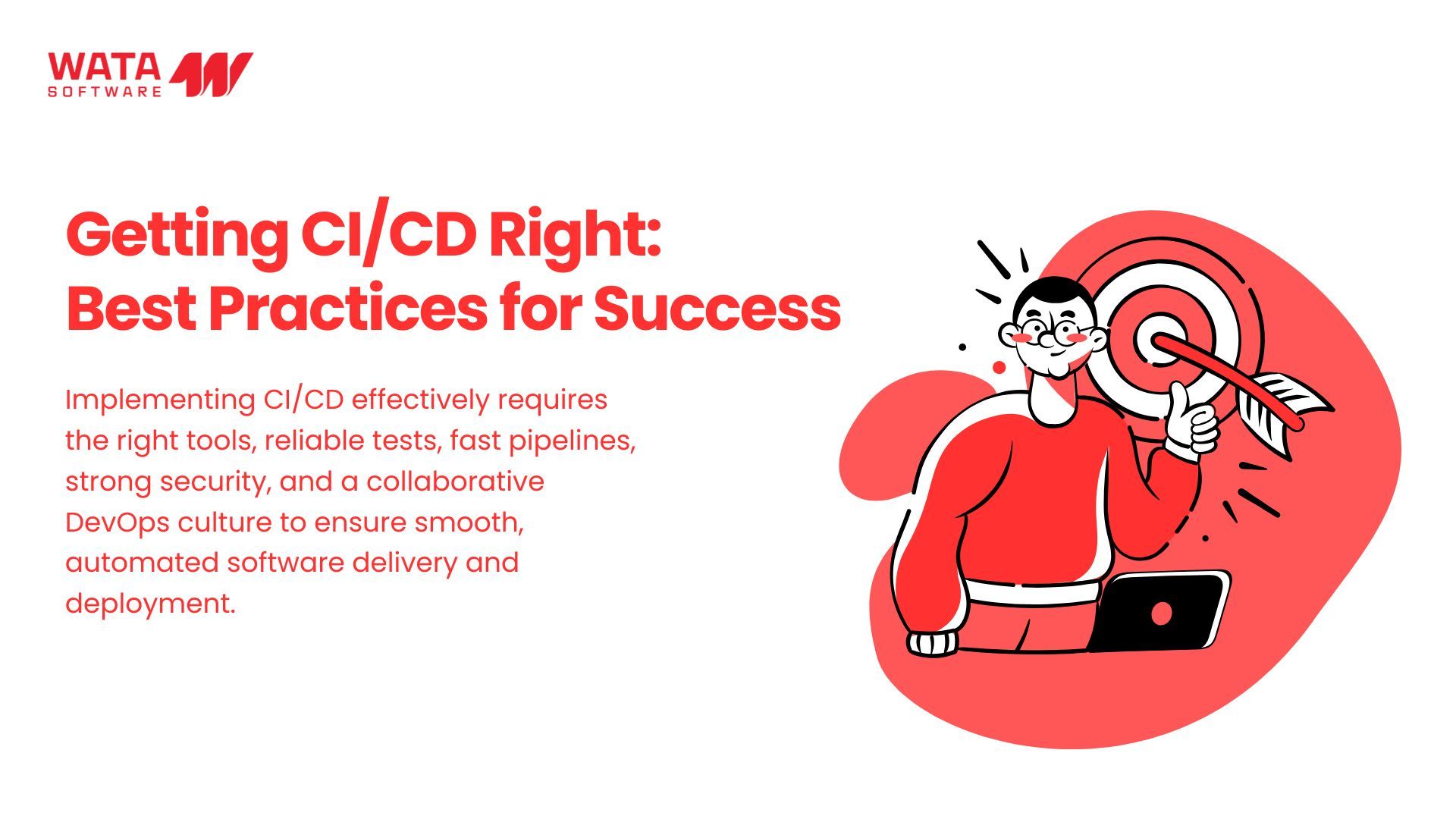What Is CI/CD? A Beginner’s Guide to Continuous Integration & Deployment

In the fast-paced world of modern software development, speed, reliability, and collaboration are more important than ever. That’s where CI/CD comes into play. Short for Continuous Integration and Continuous Deployment (or Delivery), CI/CD is a development practice designed to help teams deliver code changes more frequently and reliably.
Whether you're new to DevOps or simply looking to improve your software pipeline, this beginner’s guide will help you understand what CI/CD is, why it matters, and how it can transform your development process.
What Is CI/CD?
CI/CD refers to a set of practices and tools that enable development teams to deliver code changes frequently, automatically, and with minimal errors.
Continuous Integration (CI): The practice of frequently integrating code changes into a shared repository. Developers submit small code updates often—sometimes several times a day—and automated tools verify that the new code integrates smoothly with the existing codebase.
Continuous Delivery (CD): The practice of automatically preparing code changes for a release to production. With Continuous Delivery, the software is always in a deployable state.
Continuous Deployment (CD) (sometimes interchangeable with delivery): Every change that passes the automated tests is automatically deployed to production—no manual intervention required.
These practices reduce development cycle time, catch bugs earlier, and support faster feature releases.

Why CI/CD Matters in Modern Software Development
Traditional development approaches involve long release cycles with extensive manual testing, making it difficult to adapt quickly to market demands. In contrast, CI/CD:
Reduces human error by automating repetitive tasks like testing and deployment.
Shortens time-to-market, allowing you to release new features faster.
Improves software quality, thanks to early bug detection and continuous testing.
Enhances collaboration between development, QA, and operations teams.
Supports DevOps culture, focusing on agility, transparency, and customer satisfaction.
Whether you're a startup or an enterprise, CI/CD helps keep your product competitive.
How Continuous Integration Works
The CI process begins when a developer commits code to a shared repository (e.g., GitHub, GitLab). Here's a step-by-step breakdown:
Code Commit: Developers push code changes to the version control system frequently.
Build Trigger: A CI server (like Jenkins, CircleCI, or GitLab CI) automatically detects the change and triggers a new build.
Automated Tests: The system runs a suite of tests (unit, integration, etc.) to ensure the new code doesn’t break anything.
Feedback Loop: Developers are immediately notified if the build or tests fail, enabling faster fixes.
CI ensures that every piece of code added to the system is tested and integrated smoothly, reducing the risk of last-minute surprises.
How Continuous Delivery & Deployment Work
Once the code passes all tests during CI, Continuous Delivery takes over:
Staging Environment: The code is automatically deployed to a staging or test environment that mirrors production.
Manual Approval (in Continuous Delivery): The team can review and manually trigger the production deployment.
Automated Production Deployment (in Continuous Deployment): If the pipeline includes Continuous Deployment, code that passes all tests is automatically deployed to production without human intervention.
This approach enables faster and safer product updates, often multiple times a day.

Key Components of a CI/CD Pipeline
A robust CI/CD pipeline consists of several stages, each serving a specific function:
Source Control: Code is stored and versioned in platforms like GitHub or Bitbucket.
Build Stage: Compiles source code and dependencies.
Test Stage: Runs automated tests to validate functionality.
Artifact Management: Stores build outputs that are ready for deployment.
Deployment Stage: Deploys artifacts to testing, staging, or production environments.
Monitoring & Rollback: Tools track performance and errors, allowing quick rollbacks if issues occur.
Popular tools include Jenkins, GitLab CI/CD, CircleCI, Travis CI, Docker, and Kubernetes.
Best Practices for Implementing CI/CD
Implementing CI/CD isn’t just about tools — it's also about culture and processes. Here are some best practices to get started:
✅ Start Small: Begin with CI and gradually add delivery or deployment stages.
✅ Write Reliable Tests: Automated testing is the backbone of CI/CD.
✅ Keep Builds Fast: Optimize pipeline speed for faster feedback.
✅ Monitor Everything: Use logging and monitoring tools to track deployments.
✅ Secure Your Pipeline: Ensure secrets, credentials, and configurations are protected.
✅ Foster Team Collaboration: Encourage DevOps principles across development, QA, and operations.

Who Benefits from CI/CD?
? Startups: Ship faster, iterate quickly, and gain early customer feedback.
? Enterprises: Reduce downtime, improve software reliability, and streamline compliance.
? Product Teams: Test features continuously and release mobile/web updates seamlessly.
? Agencies/Outsourcers: Serve multiple clients efficiently with consistent quality.
No matter the business size, CI/CD increases productivity and scalability.
Conclusion: The Future of Agile Development
CI/CD is not just a trend — it’s a foundation of modern, agile development. By integrating automation and continuous feedback, teams can confidently release updates, minimize bugs, and stay ahead in today’s competitive software landscape.
At WATA Software, we build secure, scalable software solutions using modern DevOps practices like CI/CD to ensure fast, reliable delivery for every client.




